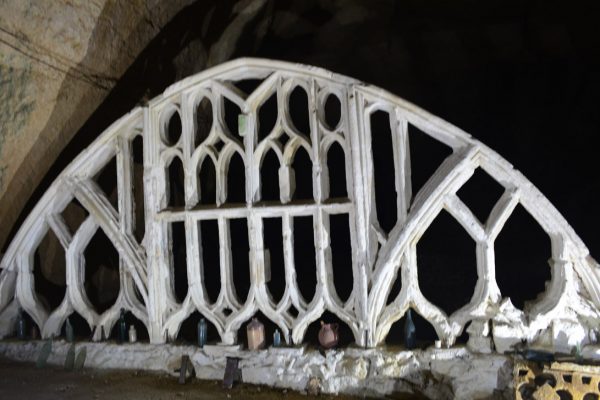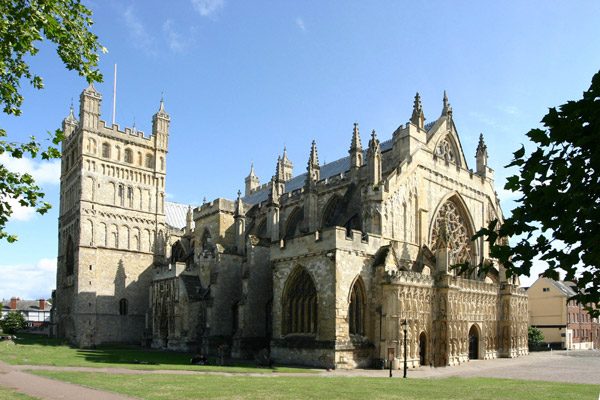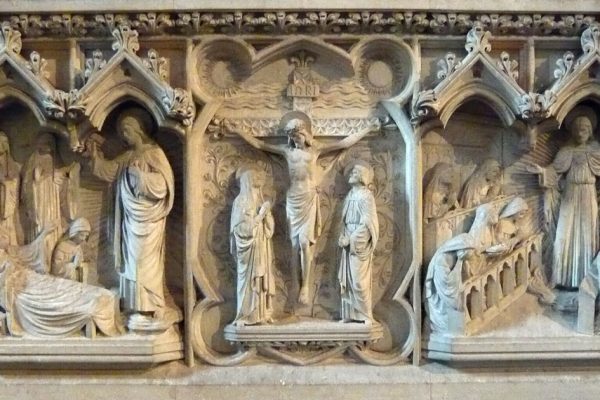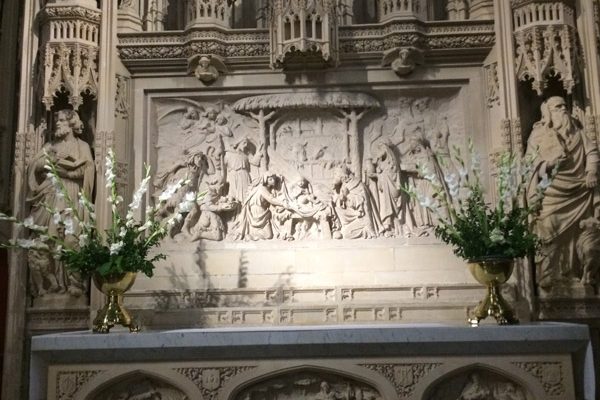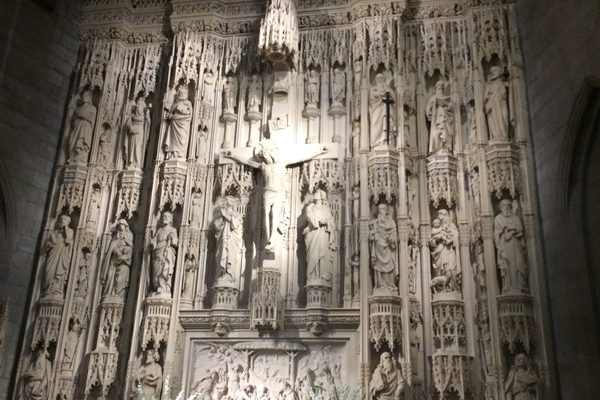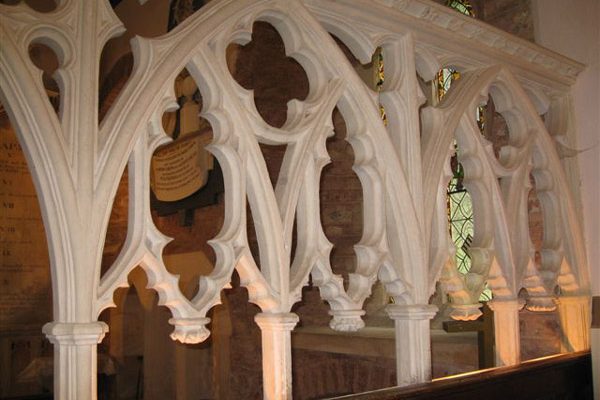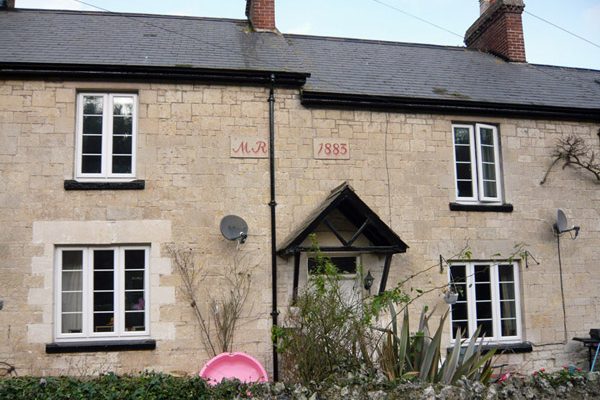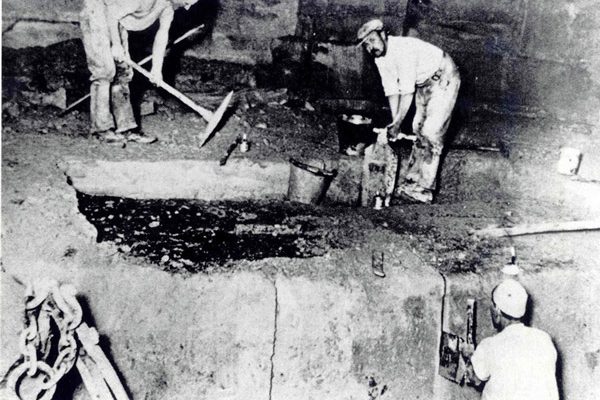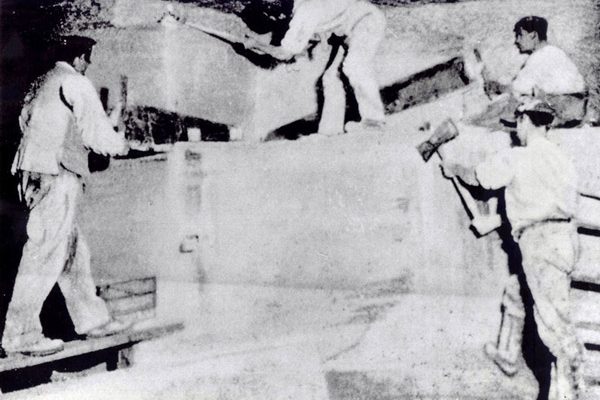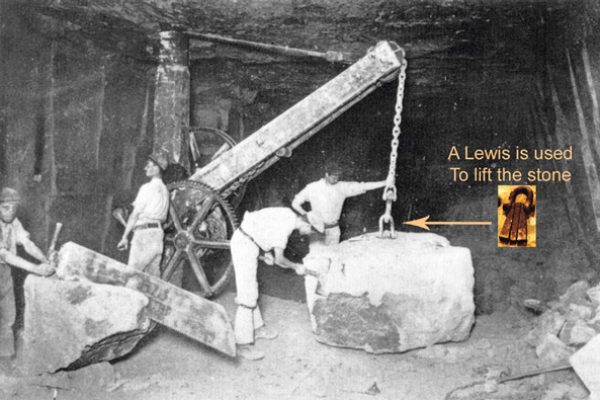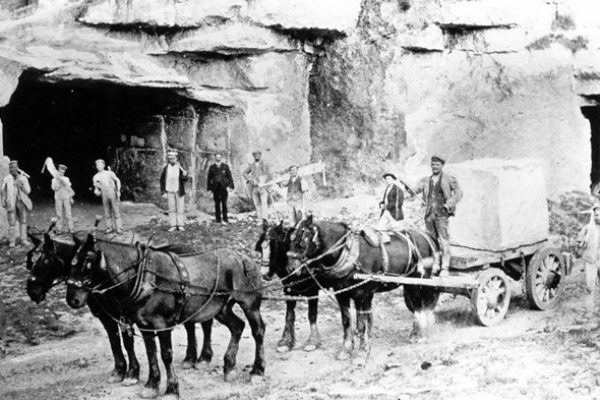BEER STONE
From Beer Quarry Caves
Beer Stone
Beer Freestone is a Chalk Limestone laid down in the Cretaceous age (65 – 140 million years ago). 120 million years is the estimated time for lower layers. Early in the period climatic conditions were like the Gulf of Arabia is now, with lush warm swamps populated with dinosaurs. Then Earth movements deep under south west England tilted rocks to the east. As the Atlantic and Mediterranean expanded a vast sea developed over the area.There were high CO2 levels and no ice cap.
98 percent of chalk is composed from microscopic planktonic plant remains – coccoliths, but at Beer there was a current flowing across the seafloor and this winnowed away the coccoliths leaving a fine shelly Limestone made from the well cemented calcite crystals derived from broken sea urchins, refined clay and sand. As water squeezed out increasing pressure led to the formation of pure white chalk by lithification.
Freshly quarried Beer Stone is saturated with water and with very few fossils was much prized by the masons as it is ideally suited to fine detail carving. It is found in a 13 – 20 foot (4 – 6m) seam running North to South below other chalk layers. On exposure to the air it dries creamy white and becomes up to 5 times harder, remaining durable for centuries provided it is laid in the same plane in which it was formed.
Chalk or Limestone? “Chalk” is a variety of “Limestone” which is composed primarily of the shells of single-celled, calcium carbonate secreting creatures. (As opposed to multi cells e.g. bones, teeth and shells).
Above the caves the chalk seam is topped with unconsolidated clay with flints dating from the Eocene Epoch (about 56 to 34 million years ago ) and later sediments from the Pleistocene age (the last Ice Age approx. 1.8 million to 10,000 years ago). Solution weathering of the chalk surface enlarged cracks in the chalk, which were later infilled with the clay to form “clay pipes”.
Beer Stone Usage
Beer stone is in many prestigious buildings, including Exeter, Winchester, St.Paul’s and Norwich Catholic Cathedrals, Westminster Abbey and the Tower of London. At Exeter Cathedral the great image screen on the west front is of Beer stone, giving it a particulary warm and reflective quality. Much of the Cathedral’s interior too, including nearly all the fine carving and the ribbed vaulting originated in this quarry. It can be found in 24 of Britain’s 44 cathedrals.
Elsewhere it is in hundreds of parish churches in the West Country and beyond for distinguished decorative work including St Mary’s at Ottery St Mary, St Andrew’s Colyton and St Michael’s Beer. It was used wherever fine detailed or fine panelled work was required. The cost of transportation limited it’s use to interior work in the more distant parts of Devon. St.Blaize’s at Haccombe, near Newton Abbott is a fine example.
After 1540 because of the reformation the quarry was worked spasmodically and most of the stone went to secular buildings including The Guidhall at Exeter, Shute House near Colyton and Bovey House in Beer. During the Victorian church restorations the quarry became busy once again.
Working Conditions
Until the 16th century the rock was cut by picks. Black powder was used sparingly afterwards. Then in the early 18th century handsaws were used.
All this was done by the light of a flickering tallow candle for up to 14 hours a day, six days a week.
Photos of Beer Stone & Quarrymen
"Master mason, you built your cathedral towards heaven with stone that was quarried from hell".
